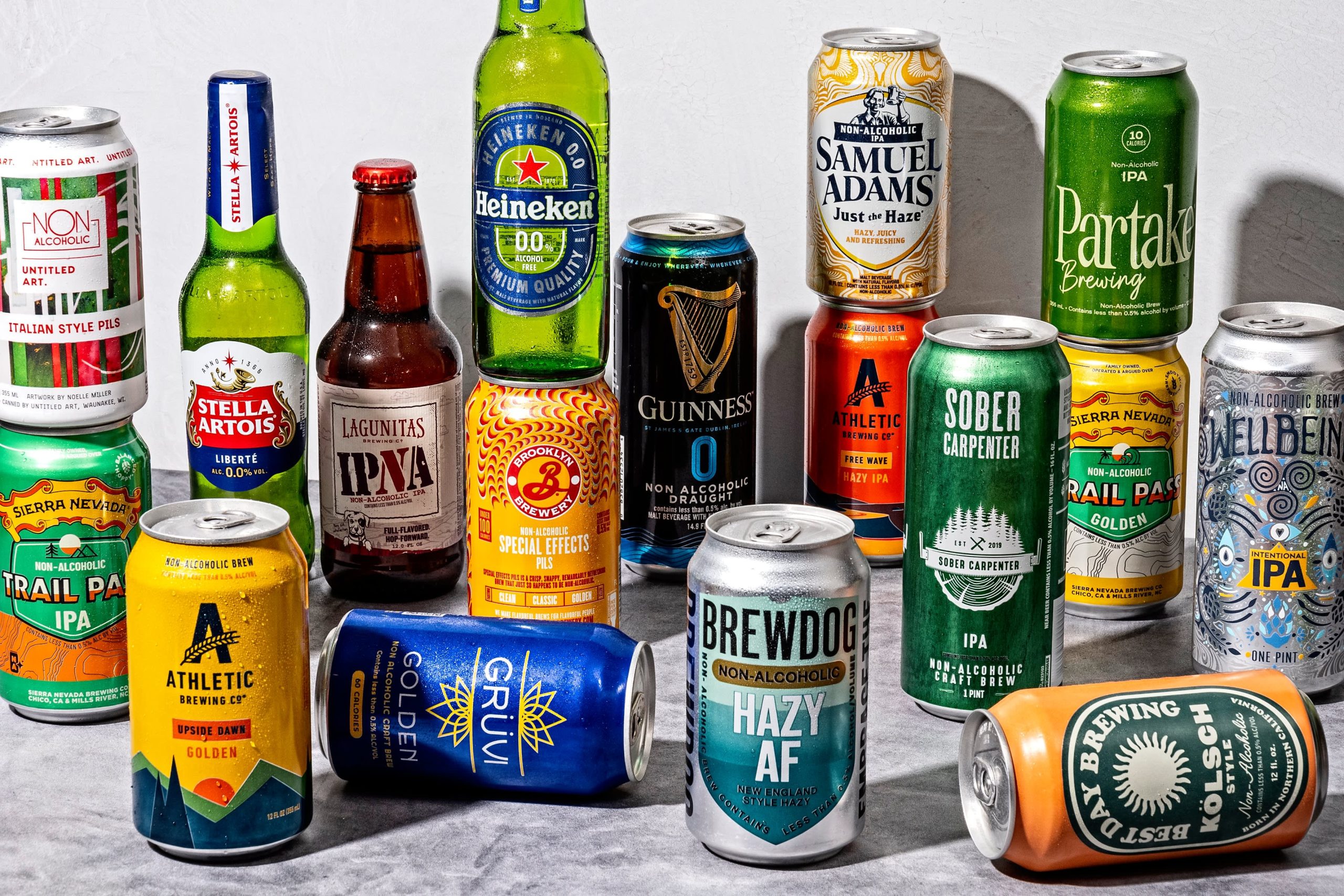
In recent years, the global beverage alcohol market has been undergoing a profound transformation, with non-alcoholic beer emerging as a key player reshaping consumer preferences worldwide. As increasing numbers of consumers lean toward healthier lifestyles and greater moderation in their drinking habits, non-alcoholic beer is rapidly gaining traction. This shift not only challenges traditional beer categories but also signals a broader cultural movement in how people approach alcohol consumption.
Rapid Growth and Market Potential
One of the most striking developments in this segment is the rapid volume growth of non-alcoholic beer. In 2024 alone, industry data reveals a robust increase of approximately 9% in volume, outpacing many other beverage categories. Market intelligence providers such as IWSR forecast that this upward trend will not only continue but accelerate, predicting that non-alcoholic beer will soon surpass ales as the second-largest beer category globally by volume. Lagers are expected to maintain their lead, but this reordering within the beer landscape points toward a fundamental change in consumer preferences and industry dynamics. Such growth challenges the long-held dominance of traditional beer styles and underlines the shifting nature of beer consumption in the 21st century.
Drivers Behind the Surge
Multiple factors contribute to the rise of non-alcoholic beer, converging to create a fertile market environment. First and foremost is the evolving consumer mindset. Many individuals now seek the social and sensory pleasures associated with beer—taste, aroma, and camaraderie—without the intoxicating effects of alcohol. This desire is fueled by health consciousness, wellness trends, and lifestyle choices such as “Dry January” or sustained sobriety. Consumers want beverages that fit into their moderation rules while still delivering enjoyable experiences. Recognizing this demand, major multinational brewers have expanded their non-alcoholic portfolios. Examples include Heineken 0.0, Budweiser Zero, and Michelob Ultra’s non-alcoholic versions, which offer familiar flavors tailored to more mindful drinking habits.
Another compelling driver is innovation within the non-alcoholic beer category. Both craft brewers and established brands are investing heavily in brewing technologies that enhance flavor profiles and aromas, bridging the gap between traditional alcohol-laden beers and zero- or low-alcohol alternatives. This investment helps overcome outdated perceptions of non-alcoholic beer as inferior or bland. The craft beer segment, in particular, is showing remarkable growth and influence, with non-alcoholic craft beers representing a significant and expanding market share. In some regions, these craft variants have even outpaced domestic non-alcoholic beers, signaling the importance of artisanal quality and creativity in this sphere.
Regional Enthusiasm and Market Variations
Geographically, certain markets demonstrate especially strong enthusiasm for non-alcoholic beer. The United States leads global sales revenue in 2024, generating over four billion dollars from this category. Meanwhile, populous nations like China and India are catching up swiftly, driven by evolving consumer values and expanding middle classes. Europe offers another interesting case, with Spain standing out as an early adopter where roughly one in every seven beers sold is non-alcoholic. This high penetration reflects not only cultural openness to non-alcoholic alternatives but also a mature market infrastructure capable of supporting such diversity.
Regulatory factors and cultural attitudes toward alcohol consumption contribute significantly to these regional variations. Tax policies, labeling regulations, and public health initiatives can either accelerate or hamper growth. In regions with stricter alcohol limitations, non-alcoholic options often benefit from favorable acceptance, creating unique opportunities for brewers. On the flip side, these varying regulatory frameworks also mean that adoption rates and market sizes will differ globally, requiring tailored strategies from producers and marketers.
Looking Forward and Industry Challenges
The future outlook for non-alcoholic beer remains highly promising. Analysts project a compound annual growth rate around 4.7% between 2024 and 2029, with revenues approaching nearly $24 billion by the end of the decade. By 2034, the overall beverage alcohol market in key regions could expand by roughly $34 billion, with non-alcoholic beer playing a pivotal role in this surge. Projections even suggest that non-alcoholic beer could account for over 80% of the beer market share in certain areas by 2037, underpinning a transformative consumption pattern. Increased availability in on-premise venues such as bars and restaurants further drives social normalization and wider consumer acceptance.
Despite these optimistic indicators, challenges remain. The category competes with a growing array of alternatives, including ready-to-drink cocktails, spirits, and functional non-alcoholic beverages infused with vitamins or botanicals. Continued consumer education is critical, as some still question the taste and authenticity of non-alcoholic beer. Moreover, the complexities of global regulatory landscapes create uneven growth and adoption rates, necessitating agility from brands aiming to capitalize on this trend.
This remarkable ascent of non-alcoholic beer encapsulates a larger shift in alcohol consumption culture, where inclusivity, wellness, and enjoyment coexist. The evolution from niche curiosity to mainstream category reflects not only changing consumer values but also ongoing technological innovations improving product quality. As brewers refine their offerings and expand market presence, non-alcoholic beer is poised to redefine what it means to enjoy beer in the modern era—merging tradition with the demands of contemporary lifestyles and creating exciting new possibilities for the global beverage industry.

